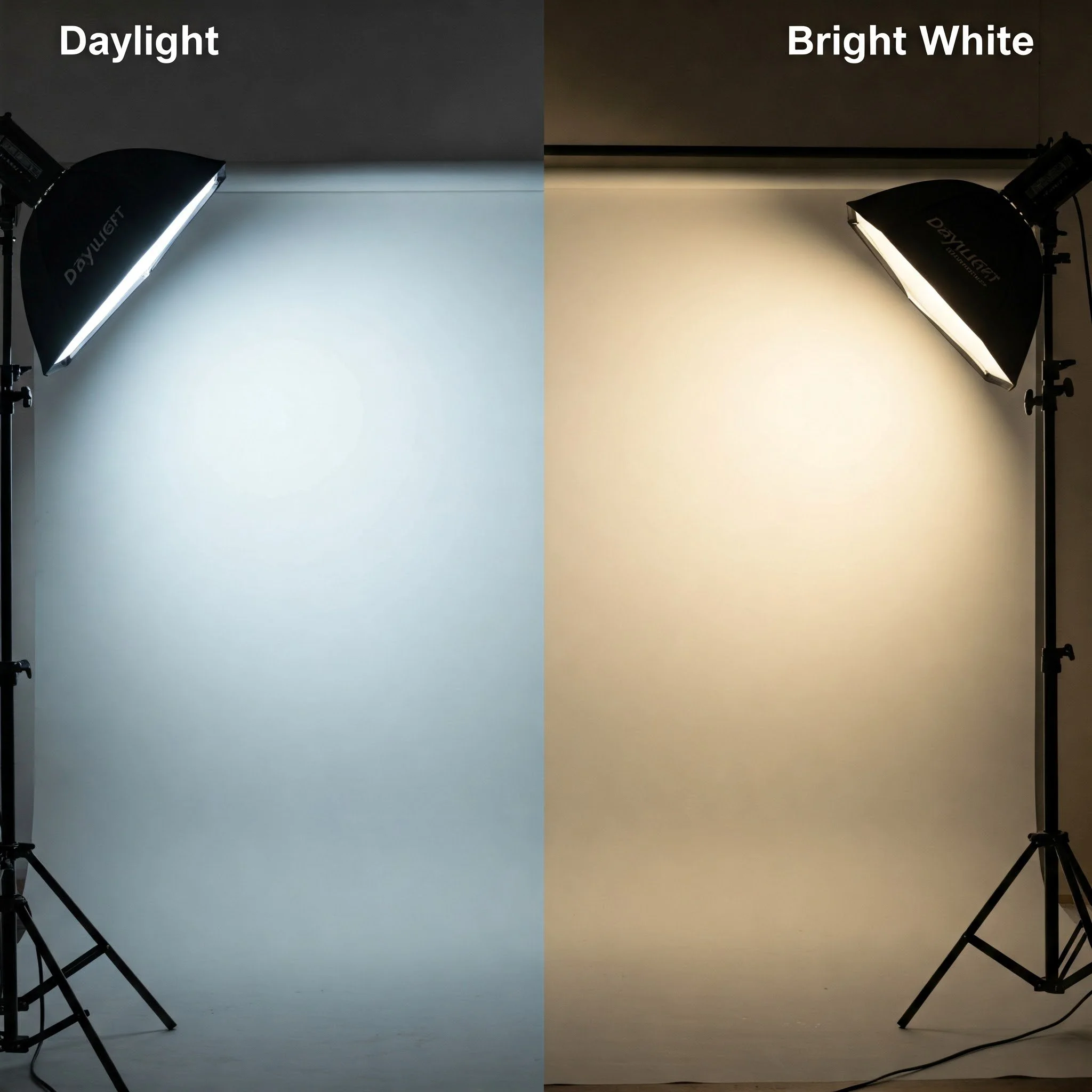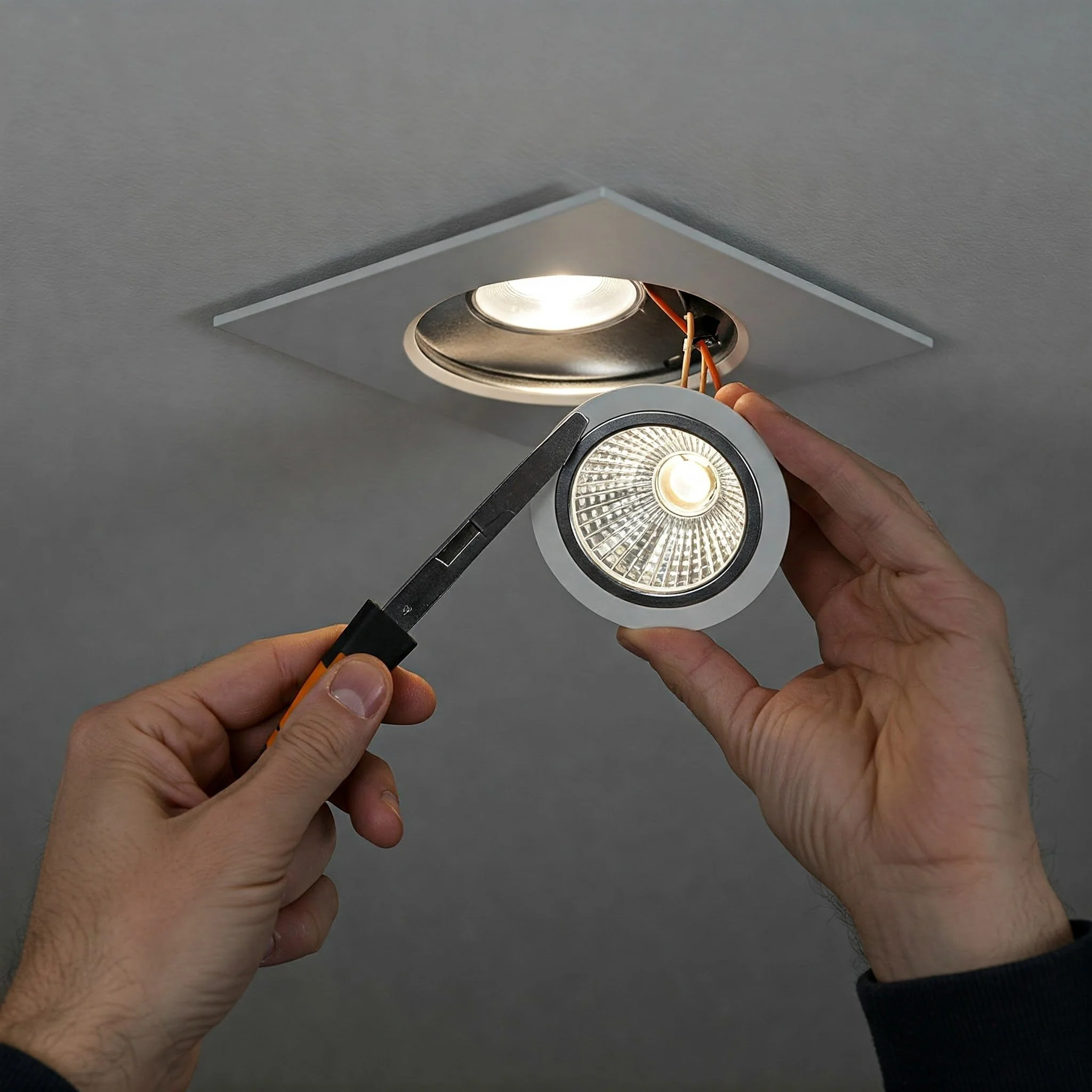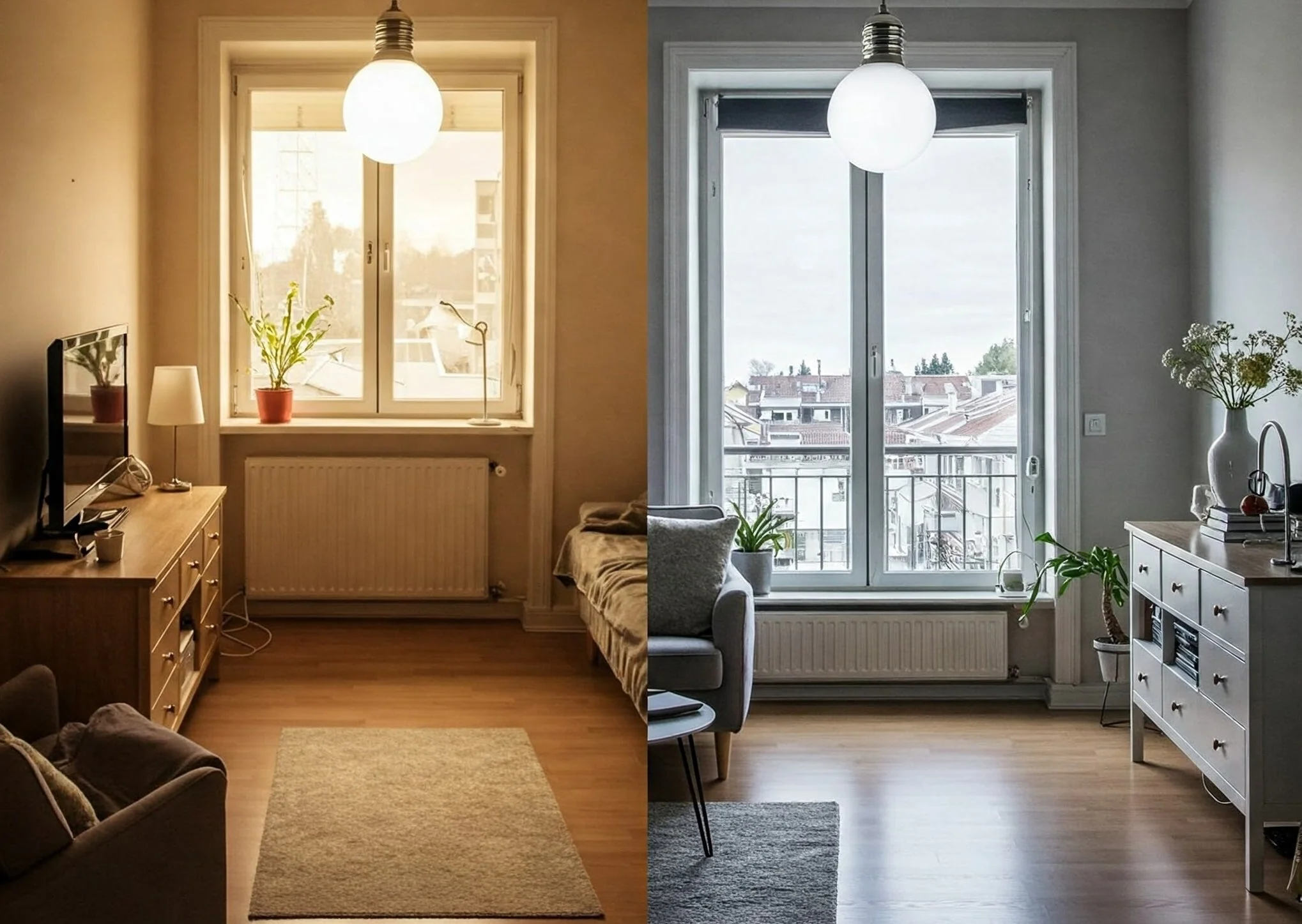How to Safely Remove a Fluorescent Light Bulb
Struggling to replace that flickering fluorescent light? Learn how to safely remove a fluorescent light bulb with this easy-to-follow guide and avoid common mistakes.
Removing a fluorescent light bulb might not sound like rocket science, but it’s one of those tasks that can quickly turn into a head-scratching ordeal if you’re not prepared. With their long shape and fragile glass, fluorescent bulbs require a bit more care than your standard light bulb. But don’t fret—this guide on how to safely remove a fluorescent light bulb has got you covered.
Whether you’re replacing a flickering bulb, upgrading your fixture, or just giving your ceiling a much-needed makeover, following the proper steps ensures you won’t end up with shattered glass—or worse, an electrical shock. So, let’s dive in and tackle this task like a pro!
Why It’s Important to Remove Fluorescent Bulbs Safely
Before we get started, let’s address the elephant in the room: why is safety such a big deal when it comes to fluorescent bulbs?
Fragility: Fluorescent bulbs are thin and break easily, leading to dangerous shards of glass.
Toxicity: Many fluorescent bulbs contain mercury, a hazardous material that needs careful handling.
Electrical Risks: Mishandling the bulb or fixture can lead to electrical shocks or short circuits.
Handling fluorescent bulbs requires care and attention to safety due to the risks associated with their design and components. These bulbs are inherently fragile, with thin glass that can easily shatter, creating sharp shards that pose a physical hazard. Additionally, many fluorescent bulbs contain mercury, a toxic substance that requires proper disposal and careful handling to prevent contamination. There’s also the risk of electrical hazards—mishandling the bulb or fixture, especially while replacing or troubleshooting, can lead to electrical shocks or short circuits. Understanding these risks and taking appropriate precautions ensures safer handling of fluorescent bulbs, protecting both you and the environment from potential harm. Proper handling techniques are essential for safe usage and disposal.
Tools and Materials You’ll Need
Let’s start with the basics—having the right tools makes all the difference.
Tools
A sturdy step stool or ladder
A pair of gloves (preferably rubber or work gloves)
Safety goggles
A non-conductive screwdriver
Replacing or handling fluorescent bulbs safely requires the right tools and protective gear to avoid accidents. Start with a sturdy step stool or ladder, ensuring you can comfortably reach the fixture without overextending or risking a fall. Gloves, preferably rubber or work gloves, protect your hands from sharp edges or broken glass, while safety goggles shield your eyes from potential shards or dust during removal. A non-conductive screwdriver is essential for detaching covers or loosening screws, minimizing the risk of electrical shocks. With these tools and safety measures, you can handle fluorescent bulbs with confidence, whether replacing them or conducting maintenance, ensuring both your safety and the integrity of the fixture.
Materials
A replacement bulb (if applicable)
A container for disposing of old bulbs (if broken)
A cloth or towel for cleaning the fixture
Handling fluorescent bulbs involves more than just swapping out the old for the new—it’s about ensuring safety and cleanliness during the process. Having a replacement bulb ready is essential to complete the task efficiently. If you’re disposing of an old or broken bulb, a secure container is crucial for safely containing glass shards and any hazardous materials like mercury. For maintaining the fixture, a cloth or towel is handy for wiping away dust and grime, ensuring the new bulb operates efficiently and looks clean. With these simple yet important items on hand, you’ll be fully prepared to replace or dispose of fluorescent bulbs safely and keep your lighting fixtures in optimal condition.
How to Safely Remove a Fluorescent Light Bulb: Step-by-Step Guide
Here’s where we roll up our sleeves and get to work.
Step 1: Turn Off the Power
Safety first, folks!
Locate the circuit breaker that powers the light fixture and turn it off.
Alternatively, switch off the light fixture using its control switch.
Double-check by flipping the light switch to ensure the power is completely off.
Step 2: Set Up Your Work Area
A well-prepped work area minimizes accidents.
Position your step stool or ladder directly under the light fixture.
Ensure the surface beneath the ladder is flat and stable.
Lay down a towel or cloth underneath the fixture to catch any debris.
Step 3: Remove the Fixture Cover
Fluorescent fixtures often have covers or diffusers.
Check for screws, clips, or sliding panels holding the cover in place.
Use a screwdriver or gently unclip the cover.
Set the cover aside in a safe place to avoid damage.
Step 4: Release the Bulb
Fluorescent bulbs are held in place by sockets that allow for rotation.
Hold the bulb gently at both ends.
Rotate the bulb a quarter turn until it becomes loose.
Slide the bulb out of the sockets carefully.
Step 5: Inspect the Bulb and Fixture
Before installing a new bulb, take a moment to inspect.
Check the bulb for any cracks or discoloration.
Look inside the fixture for dust, debris, or damaged components.
Clean the sockets with a dry cloth if needed.
Step 6: Dispose of the Old Bulb
Disposing of fluorescent bulbs requires special care due to mercury content.
If the bulb is intact, place it in a recycling box or container designed for fluorescent bulbs.
For broken bulbs, wear gloves and carefully place the shards in a sealed plastic bag.
Tips for Safely Handling Fluorescent Bulbs
Want to make the process even smoother? Keep these tips in mind:
Use Two Hands: Always support the bulb with both hands to prevent bending or snapping.
Work in Good Lighting: Ironically, removing a light bulb is easier when you can see what you’re doing!
Avoid Rushing: Take your time—haste leads to mistakes.
Troubleshooting Common Issues
Sometimes, things don’t go as planned. Here’s how to handle common hiccups:
The Bulb Won’t Turn
Apply gentle pressure while rotating.
Check for corrosion in the sockets and clean with a cloth if necessary.
Replacing a fluorescent bulb may seem simple, but taking a careful approach ensures both safety and success. When removing the old bulb, always apply gentle pressure while rotating, as these bulbs are fragile and can break if handled too forcefully. Inspect the sockets for corrosion, which can affect the bulb's connection and performance. If you notice any buildup or residue, use a clean cloth to gently wipe the area before inserting a new bulb. These small but important steps help maintain the integrity of your lighting fixture and ensure a smooth replacement process. By working carefully and methodically, you can safely handle fluorescent bulbs and keep your lighting system functioning efficiently.
The Fixture Cover Won’t Come Off
Look for hidden screws or clips you might’ve missed.
Refer to the fixture’s manual for guidance.
Replacing a fluorescent bulb or maintaining its fixture often requires a bit of troubleshooting to ensure a smooth process. If the bulb or cover isn’t budging, take a moment to look for hidden screws or clips that might be securing it in place—these small components are easy to overlook but essential for proper removal. When in doubt, don’t hesitate to refer to the fixture’s manual for specific guidance tailored to your model. Manuals often include diagrams and instructions that clarify how to safely remove or replace parts without causing damage. By staying patient and thorough, you can navigate the process efficiently, ensuring your fixture remains intact and your new bulb is installed correctly.
The Bulb Breaks During Removal
Stop immediately and put on gloves.
Carefully pick up the pieces and clean the area with a damp cloth.
Accidents can happen, and if a fluorescent bulb breaks, handling the situation safely is crucial. Stop immediately to avoid stepping on or touching sharp glass fragments. Before proceeding, put on protective gloves to shield your hands from cuts and prevent contact with potentially hazardous materials, like mercury. Carefully pick up the larger pieces of glass and place them in a secure container for disposal. For smaller shards and residual dust, use a damp cloth to wipe the area thoroughly, ensuring no debris is left behind. Avoid using a vacuum, as it can spread harmful particles into the air. By following these steps, you can safely clean up and dispose of the broken bulb while minimizing risks to yourself and others.
Conclusion
Removing a fluorescent light bulb might seem like a daunting task, but with the right approach and tools, it’s as easy as pie. This how to safely remove a fluorescent light bulb guide has walked you through every step, ensuring a smooth and safe process.
From turning off the power to disposing of the bulb responsibly, each step is designed to keep you safe while protecting your home. So, the next time you’re faced with a flickering fluorescent light, you’ll know exactly what to do—no stress, no mess, just bright and functional lighting once again!
Happy DIY-ing!
Frequently Asked Questions
1. Can I remove a fluorescent bulb without turning off the power?
No way! Always turn off the power to avoid electrical shocks.
2. What should I do if I accidentally break a fluorescent bulb?
Ventilate the room, wear gloves, and clean up the shards carefully. Dispose of them according to local hazardous waste guidelines.
3. Can I replace a fluorescent bulb with an LED?
Yes, but ensure the fixture is compatible or modified for LED bulbs.
4. How often should I replace fluorescent bulbs?
On average, fluorescent bulbs last 10,000–15,000 hours. Replace them when they flicker, dim, or stop working.
5. Is it safe to reuse a removed fluorescent bulb?
If the bulb is intact and functional, you can reuse it. However, handle it with care.






